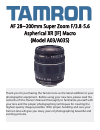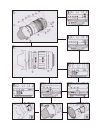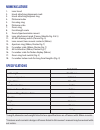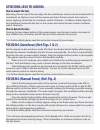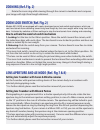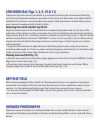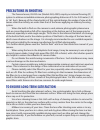Tamron A03 Specification
of
8
AF 28~200mm Super Zoom F/3.8-55.6
Aspherical XR [IF] Macro
(Model A03/A03S)
Thank you for purchasing the Tamron lens as the latest addition to your
photographic equipment. Before using your new lens, please read the
contents of this Owner's Manual thoroughly to familiarize yourself with
your lens and the proper photographing techniques for creating the
highest quality images possible. With proper handling and care, your
Tamron lens will give you many years of photographing beautiful and
exciting pictures.

